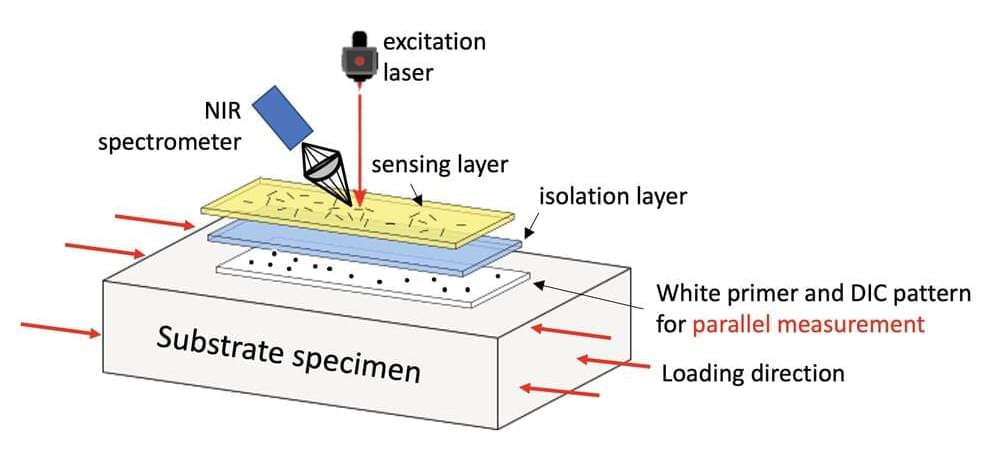A strain-sensing smart skin developed at Rice University that uses very small structures, carbon nanotubes, to monitor and detect damage in large structures is ready for prime time.
The “strain paint” first revealed by Rice in 2012 uses the fluorescent properties of nanotubes to show when a surface has been deformed by stress.
Now developed as part of a non-contact optical monitoring system known as S4, the multilayered coating can be applied to large surfaces—bridges, buildings, ships and airplanes, for starters—where high strain poses an invisible threat.









Comments are closed.